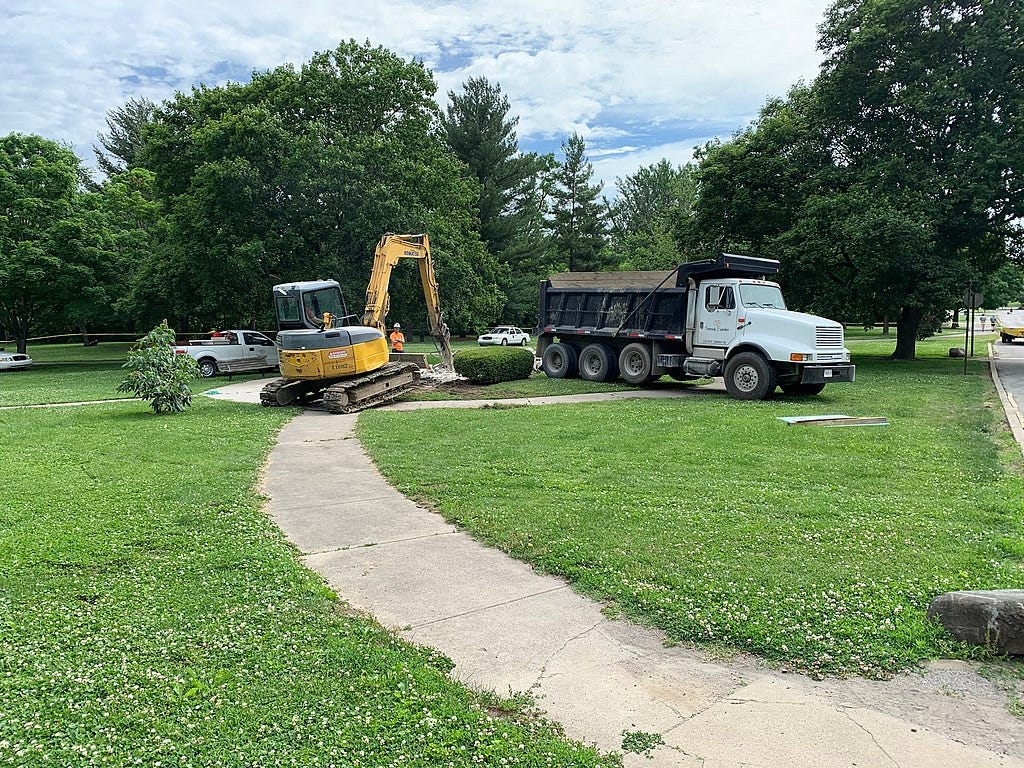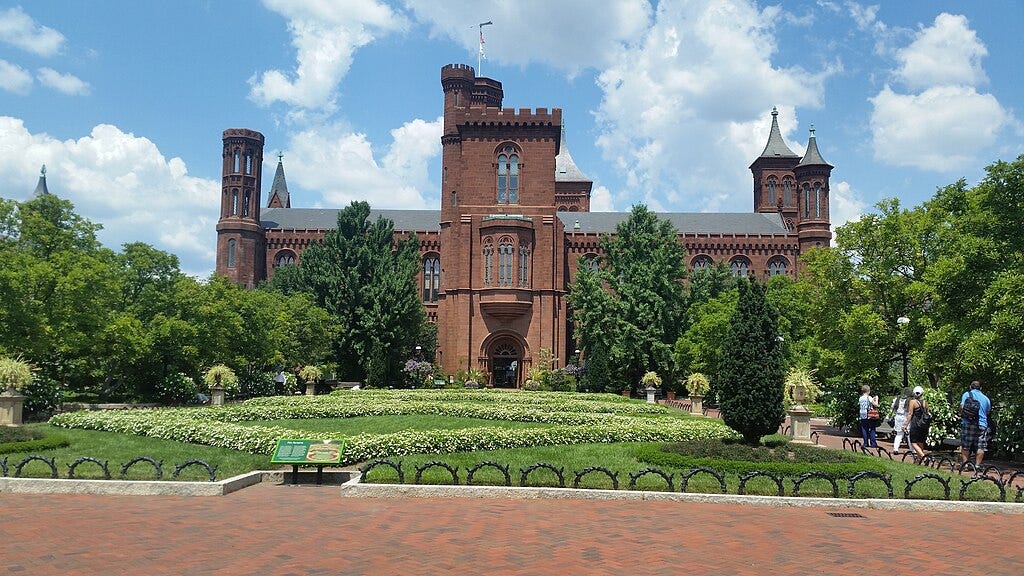History in the (re-)making in Trump’s White House
Amid the flurry of policy initiatives that the Trump White House has enacted in its first one hundred days, I have seen little mention of one particular executive order, even a month after the president signed it.
The order, grandly, hubristically, called “Restoring Truth and Sanity to American History,” starts with this statement of purpose:
Over the past decade, Americans have witnessed a concerted and widespread effort to rewrite our Nation’s history, replacing objective facts with a distorted narrative driven by ideology rather than truth. This revisionist movement seeks to undermine the remarkable achievements of the United States by casting its founding principles and historical milestones in a negative light.
It goes on to authorise a systematic rewriting of the nation’s official record of its history. It orders the Vice President, as a member of the board of the Smithsonian Institution, to
work to effectuate the policies of this order through his role on the Smithsonian Board of Regents with respect to the Smithsonian Institution and its museums, education and research centers, and the National Zoo, including by seeking to remove improper ideology from such properties, and shall recommend to the President any additional actions necessary to fully effectuate such policies.
It states that the Vice President and the Director of the Office of Management and Budget shall work with Congress to prohibit the Smithsonian from spending funds on exhibits that “degrade American values,” whatever they may decide those are.
The Smithsonian is an important institution in America. Not only does it control most of the museums in the capital, it’s also a funding body for academic research and a publisher books and magazines on American history. It is not constitutionally a part of any of the three branches of the government: Congress, the Supreme Court, or the White House, so it is not directly beholden to the White House and cannot formally be ordered to do what the president says.
The board of the Smithsonian could, therefore, outvote the Vice President and ignore the intent of this order. But there’s a sting in the tail. The Vice President shall also “seek the appointment of citizen members to the Smithsonian Board of Regents committed to advancing the policy of this order”.
The executive order doesn’t directly suggest a purge of offending materials from the libraries of the Smithsonian. But it does affect the objects that visitors to its museums might see, assuming that the Vice President holds sway over the board, now or in the near future. Then, who knows how far the purge might go. The Smithsonian had replied to the administration’s edict on diversity, equity and inclusion just days after Trump’s inauguration, well before this executive order came into being. And the Smithsonian is not the only target of this order.

The executive order also instructs the Secretary of the Interior to restore “monuments, memorials, statues, markers, or similar properties” that have been removed in lands under the department’s jurisdiction since Trump left office in 2020, many of which celebrated the Confederate cause in the Civil War of the 1860s, nor should any such items
contain descriptions, depictions, or other content that inappropriately disparage Americans past or living (including persons living in colonial times), and instead focus on the greatness of the achievements and progress of the American people or, with respect to natural features, the beauty, abundance, and grandeur of the American landscape.
Instead of letting historians evaluate and contest the truth of what happened in the past, should the apparatus of the state determine what bits of the past glorify the “greatness of the achievements”? Should it feature only those, even when those achievements aren’t as great as past historians and administrators of public lands may have felt?
Thanks to Adam Rowe and Compact for alerting us to this one.
Why so little public discussion of this edict? I later found mention of it in the arts and design section of the New York Times but not much elsewhere. Perhaps it’s because it affects what has happened in the past even more than what will happen in the future. But the recollection of the past it what influences perceptions of the future. It’s another example (of many) of
![How to govern [not like that]](https://substackcdn.com/image/fetch/$s_!emEQ!,w_80,h_80,c_fill,f_auto,q_auto:good,fl_progressive:steep,g_auto/https%3A%2F%2Fsubstack-post-media.s3.amazonaws.com%2Fpublic%2Fimages%2Fa9d7f587-4c16-42f0-9526-b00edc0ab4c8_155x155.png)
![How to govern [not like that]](https://substackcdn.com/image/fetch/$s_!Te2X!,e_trim:10:white/e_trim:10:transparent/h_72,c_limit,f_auto,q_auto:good,fl_progressive:steep/https%3A%2F%2Fsubstack-post-media.s3.amazonaws.com%2Fpublic%2Fimages%2F51c6c618-ff5a-481b-b4e2-28047c606ca8_990x369.jpeg)

![How to govern [not like that]](https://substackcdn.com/image/fetch/$s_!emEQ!,w_36,h_36,c_fill,f_auto,q_auto:good,fl_progressive:steep,g_auto/https%3A%2F%2Fsubstack-post-media.s3.amazonaws.com%2Fpublic%2Fimages%2Fa9d7f587-4c16-42f0-9526-b00edc0ab4c8_155x155.png)


